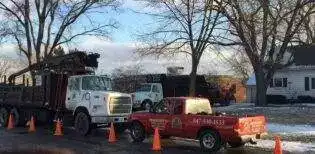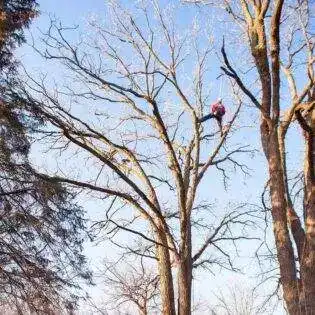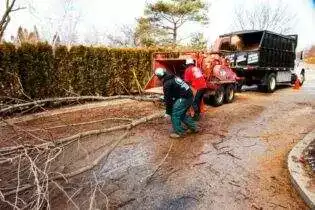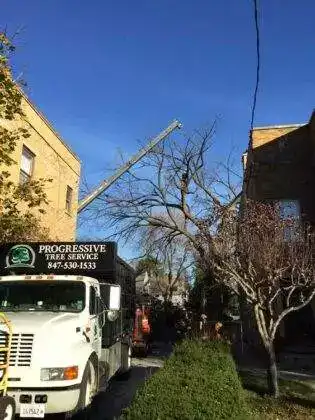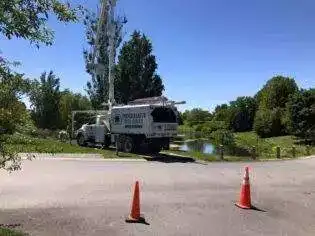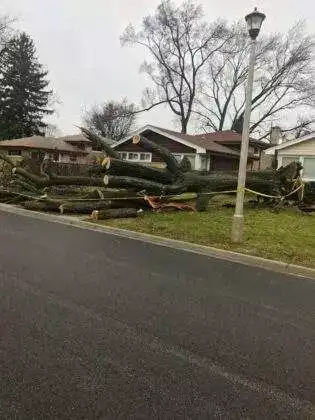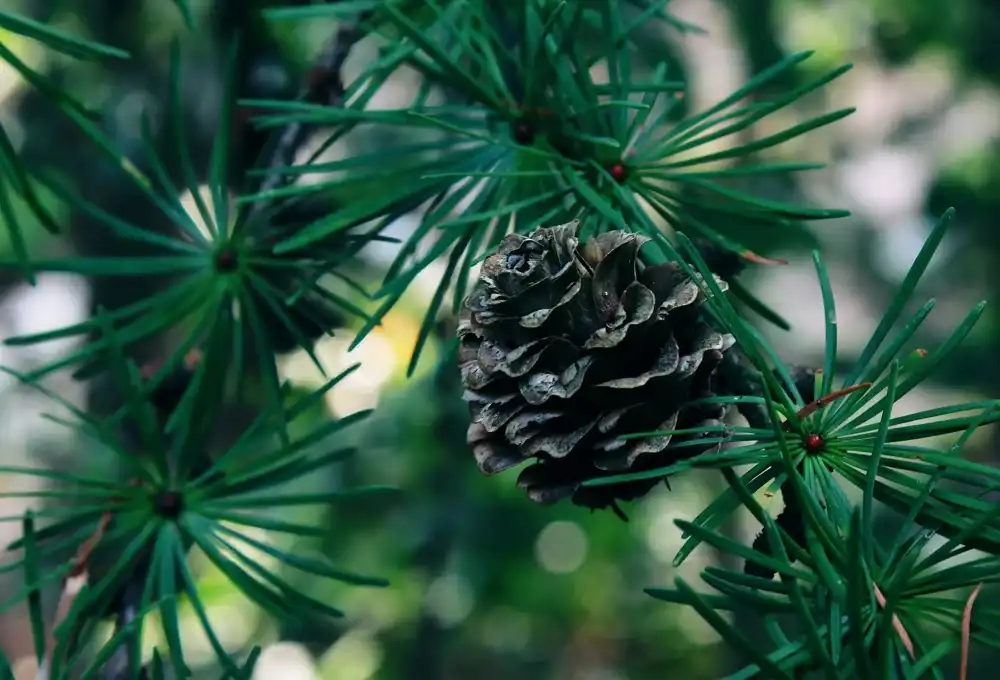What is the diplodia tip blight?
Diplodia tip blight is a disease of pine trees caused by the fungus Diplodia pinea, also known as Sphaeropsis sapinea. Research shows that no pine species are immune, although some species are more susceptible than others. These include red pine, black pine, Mugo pine, and Scotts pine, with the Austrian pine being the worst affected of all. The disease typically attacks trees grown outside their natural range, and repeated infections can kill even large pine varieties.
Diplodia Tip Blight can be found throughout the Midwest, Great Plains, Northeast, California, and Hawaii.
Disease Life Cycle
The fungus Sphaeropsis sapinea is present all year round in dead needles, twigs, and cones on infected trees or debris on the ground. The fungus overwinter here until the conditions become favorable for releasing spores and infection of new plant tissue. This is typically between March and October.
In late spring, small black fruiting bodies known as Pycnidia mature. Wet conditions allow spores to ooze out of the fruiting bodies. These spores will be scattered by the wind, insects, animals, splashing rain, and even pruning equipment to other parts of the tree or nearby plants and shrubs.
Buds are most susceptible to infection as they begin to open. When the fungal spores land on the newly developing tissue, germination begins immediately, and they penetrate the needles through the stomata, growing towards the base of the needle. Within a few hours, the fungus has grown into the twig, and a brown area will develop around the point where the fungus penetrated the needle.
As the invasion progresses, the browning of affected needles becomes more evident, and dieback may be seen as early as three weeks after infection.
Conditions favoring the disease
High relative humidity (RH) encourages the spores of Sphaeropsis sapinea to germinate rapidly. Twelve hours of wetness at 12 degrees to 36 degrees celsius provides enough RH for the fungus to germinate and infect susceptible needles. Warm temperatures of about 28 degrees celsius also allow the fungus to grow rapidly. In warm and moist conditions, symptoms may appear within as little as three to four days.
Tree Species Affected
Diplodia tip blight chiefly affects pine tree species, with the most susceptible being the Austrian Pine. Other more susceptible pines include red pine, black pine, Mugo pine, and Scotts pine. These pine species are most vulnerable when planted on poorly drained sites, compacted soils, or drought soils, common in the typical urban setting. This is because trees are under stress from drought and root restriction and thus, offer little or no resistance to the infection.
The disease may also infect Norway spruce, blue spruce, and Douglas-fir, but this happens only when the trees have been injured or stressed, and there are infected pine trees nearby to provide the fungi.
Signs and Symptoms of Diplodia Tip Blight
The disease begins on new candles, turning the needles brown and inhibiting their growth. Before summer ends, infected shoots will be brown and dead. Upon closer inspection of the base of infected needles, you’ll notice black spots. These are the pycnidia (fruiting bodies of the fungus).
Infected twigs also become stunted due to the development of cankers, which inhibit the uptake of water and nutrients. The cankers also excuse resin that traps blighted needles.
Note that these symptoms begin from the lower branches and become more visible as the infection works its way up the tree.
Consequences if Left Untreated
The disease kills the current year's growth. Yearly infections will weaken and eventually kill affected pine trees. The older the tree, the less resistant it is to diplodia tip blight, and the more damage it sustains from the infection.
Managing Diplodia Tip Blight
- Fungicides can be used to control diplodia tip blight but does little good if the infection is allowed to attack new growth in spring. Therefore, they’re usually sprayed in spring as the candles begin to emerge, 2-3 times at 10-14 day intervals. Make sure to consult an arborist on the best fungicides to use based on the severity of the infection.
- Cultural practices like promoting airflow around the trees help provide unsuitable conditions for the fungi to grow. You can do this by pruning excessive foliage and maintaining enough space between your trees and obstacles like walls and other trees.
- Also, modify your irrigation system to avoid wetting the needles as prolonged wetness encourages fungal infection.
- Avoid planting susceptible pine species like the Austrian pine in large numbers.
- Don’t over-fertilize your trees, especially with nitrogen fertilizers, as this makes them more susceptible to the pathogen. Rather, build organic soil fertility using composted material and adequate mulching to improve the health of your trees.
- Prune infected trees at least two feet below the infected area. Make sure to disinfect pruning tools and do not add infected plant material to your compost heap to prevent overwintering of the fungi and re-infection come next season.
